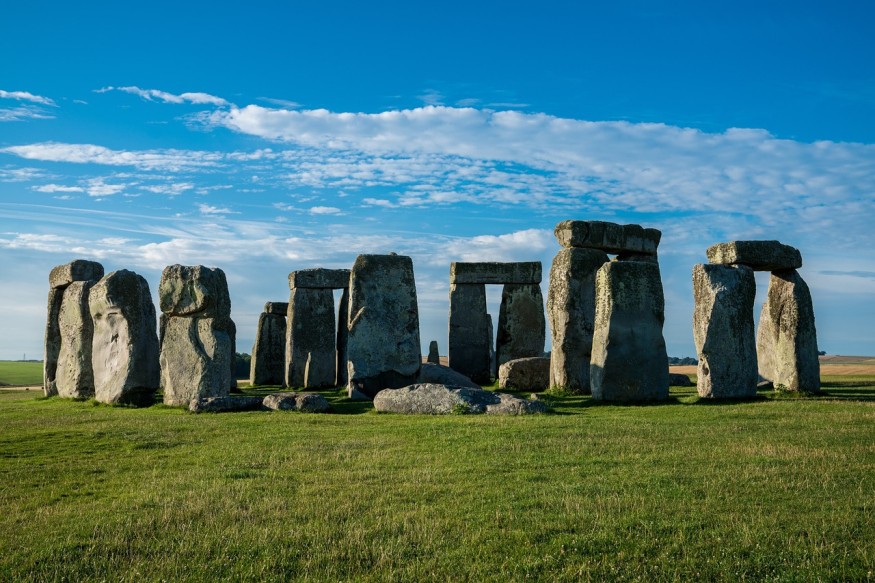The Stonehenge monument is one of the world's most iconic historical sites and a British cultural icon. However, there is still debate over how and why it was built some 5,000 years ago.
Now, a new paper aims to debunk last year's claim that the Wilshire monument served as a solar calendar, which helps people track the days of the year.

The 'Stonehenge Calendar' Theory
In 2022, Professor Timothy Darvill from Bournemouth University proposed the Stonehenge calendar theory. As per MailOnline, the archaeologist analyzed the numbers and positioning of the great sandstone slabs, called sarsens, in Stonehenge.
Each sarsen can be noticed to form all 15 stones of the central horseshoe of Stonehenge and the outlying stones of the Heel Stone, the Slaughter Stone, and the Station Stones.
Professor Darvill says the simple and elegant calendar is based on the tropical solar year with 365.25 days. He added that the entire Stonehenge site was a physical representation of a month lasting for 30 days. That means the 30 stones in the sarsen circle represented one day in a month.
People at Stonehenge are assumed to have recorded the days of the month, each represented by a stone, maybe with a little stone or a wooden peg.
Even though no one knows for sure why Stonehenge was created, there has long been speculation that it acted as an ancient calendar. Some interpretations even said it was a healing cult, a temple, a spot where ancestors were worshiped, or even a graveyard.
'Totally Unsubstantiated' Theory
Of course, not everyone agrees with Professor Darvill's theory. Nonetheless, he just hit back to criticisms as a 'classic piece of ranting without a conclusion" that is misinformed.
But a new paper, titled "Archaeoastronomy and the alleged 'Stonehenge calendar'" published in the journey Antiquity, is pouring cold water on his theory.
MailOnline quoted the Italian and Spanish academics of the new study who said that Professor Darvill's claim is "totally unsubstantiated" and is based on "forced interpretations, numerology, and unjustified comparisons."
As per Phys.org, the researchers of the new study showed that the slow movement of the Sun at the horizon on the days near the solstices would make it impossible to control the sarsens, so Stonehenge will probably not tell the accurate time.
Hence, while the existence of the axis indicates an interest in the solar cycle in general, it gives no evidence for inferring the number of days of the year envisioned by the builders.
Moreover, the team said that attributing the meanings to numbers in a monument is a risky procedure. For example, the key number of the alleged calendar, which is 12, is not recognized anywhere, as well as the notion of a leap year. That means the theory suffers from the selection effect in which only the favorable elements are extracted from the material.
Lastly, the earliest 365-plus 1-day calendar is attested in Egypt, approximately two millennia after Stonehenge. Even though the builders obtained the calendar from Egypt, they improved it on their own.
Furthermore, they constructed a structure to govern time because nothing of the type existed in ancient Egypt, as it is believed Egyptians represented the drift of their 365-day calendar through the seasons in their architecture. Nevertheless, a transfer and refinement of concepts with Egypt took place approximately 2600 BC and has little archaeological support.
RELATED ARTICLE : Stonehenge An Ancient Calendar? Prehistoric Link Between Large Stones and Sun Worship Revealed
Check out more news and information on Archaeology in Science Times.
© 2025 ScienceTimes.com All rights reserved. Do not reproduce without permission. The window to the world of Science Times.












